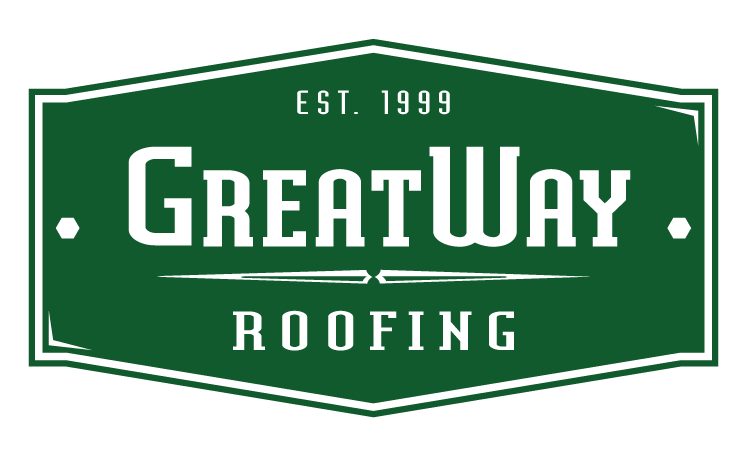As the summer season approaches, it’s important to understand the impact of heat on your roof and take necessary precautions to protect it. Summer heat can cause significant damage to roofs, leading to issues such as cracked shingles, leaks, and compromised structural integrity. In this article, we will explore the effects of summer heat on your roof, provide tips for prevention and maintenance, emphasize the importance of regular inspections, and offer insights into protecting your roof from the scorching sun.
The Effects of Summer Heat on Your Roof
Summer heat can have several adverse effects on your roof:
- Expansion and Contraction: Intense heat causes materials, such as shingles and roofing membranes, to expand. When the temperature cools down at night, these materials contract. The continuous expansion and contraction cycle can lead to the weakening and cracking of roofing components.
- UV Radiation Damage: The sun’s ultraviolet (UV) radiation can deteriorate the protective layers of roofing materials over time. UV rays can break down the chemical bonds in shingles, causing them to become brittle and more prone to damage from wind, rain, and other weather conditions.
- Heat Absorption: Dark-colored roofs, commonly found in many residential and commercial properties, absorb a significant amount of heat from the sun. This absorbed heat can penetrate the underlying structure, resulting in increased interior temperatures and higher cooling costs.
- Moisture and Mold: Excessive heat can lead to moisture buildup on the roof’s surface, especially in areas with poor ventilation. The combination of heat and trapped moisture creates an ideal environment for the growth of mold, algae, and moss, which can further deteriorate the roof’s condition.
Tips for Protecting Your Roof from Summer Heat
To minimize the impact of summer heat on your home roof, consider the following tips:
- Install Reflective Roofing Materials: Opt for reflective or lighter-colored roofing materials that can reflect a significant portion of the sun’s heat. These materials, such as cool roof coatings or light-colored shingles, can help reduce heat absorption and keep your roof and home cooler.
- Ensure Proper Ventilation: Adequate roof ventilation is crucial for preventing heat buildup and moisture retention. Proper ventilation allows hot air to escape and cooler air to circulate, reducing the strain on your roof and controlling the growth of mold and mildew.
- Apply Roof Coatings: Consider applying a protective roof coating designed to reflect sunlight and provide an additional insulation layer. Roof coatings can help prolong the life of your roof, reduce heat absorption, and improve energy efficiency.
- Insulate Your Attic: Proper insulation in the attic can prevent heat from transferring into your living spaces. Well-insulated attics keep the interior temperature more stable, reducing the strain on your cooling system and minimizing heat-related roof damage.
The Importance of Regular Roof Inspections and Maintenance
Regular roof inspections and maintenance are crucial for identifying and addressing potential issues before they escalate. Here’s why they are important:
- Early Detection of Damage: Regular inspections allow you to detect any damage or wear and tear caused by summer heat promptly. Timely identification of issues such as cracked shingles, blistering, or deteriorating flashing can prevent further damage and save you from costly repairs down the line.
- Prolonged Lifespan: Regular inspections and maintenance can help extend the lifespan of your roof. By addressing minor issues promptly and keeping your roof in good condition, you can avoid premature deterioration and ensure its durability over the years.
- Energy Efficiency: A well-maintained roof with proper insulation and ventilation contributes to energy efficiency in your home. By minimizing heat transfer and reducing the strain on your cooling system, you can lower your energy consumption and save on utility bills during the hot summer months.
- Insurance Compliance: Some insurance policies require regular roof inspections as part of their coverage terms. By keeping up with inspections and maintenance, you can ensure compliance with your insurance policy and maintain the validity of your coverage.
- Peace of Mind: Knowing that your roof is in good condition provides peace of mind. You can enjoy summer without worrying about unexpected leaks, structural damage, or other roof-related issues. Regular inspections and maintenance offer reassurance and allow you to focus on other aspects of your home and life.
Residential Roofing Conclusion
Understanding the impact of summer heat on your roof is essential for its long-term health and performance. By implementing preventive measures such as using reflective roofing materials, ensuring proper ventilation, applying roof coatings, and prioritizing regular inspections and maintenance, you can protect your roof from the damaging effects of intense heat. Remember, a well-maintained roof not only enhances the comfort and energy efficiency of your home but also preserves its structural integrity. Invest in the care and maintenance of your roof to enjoy a durable and resilient shelter for years to come.

